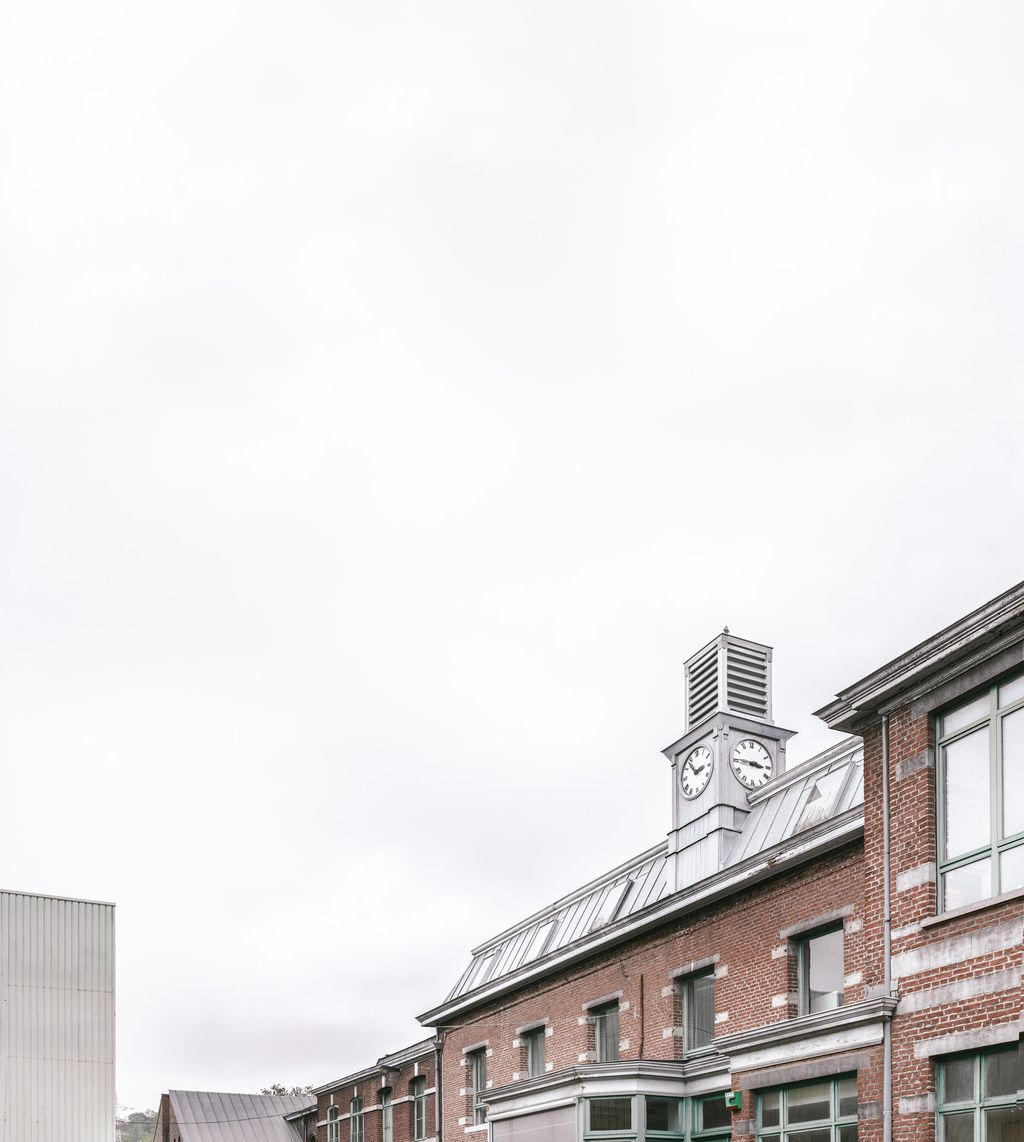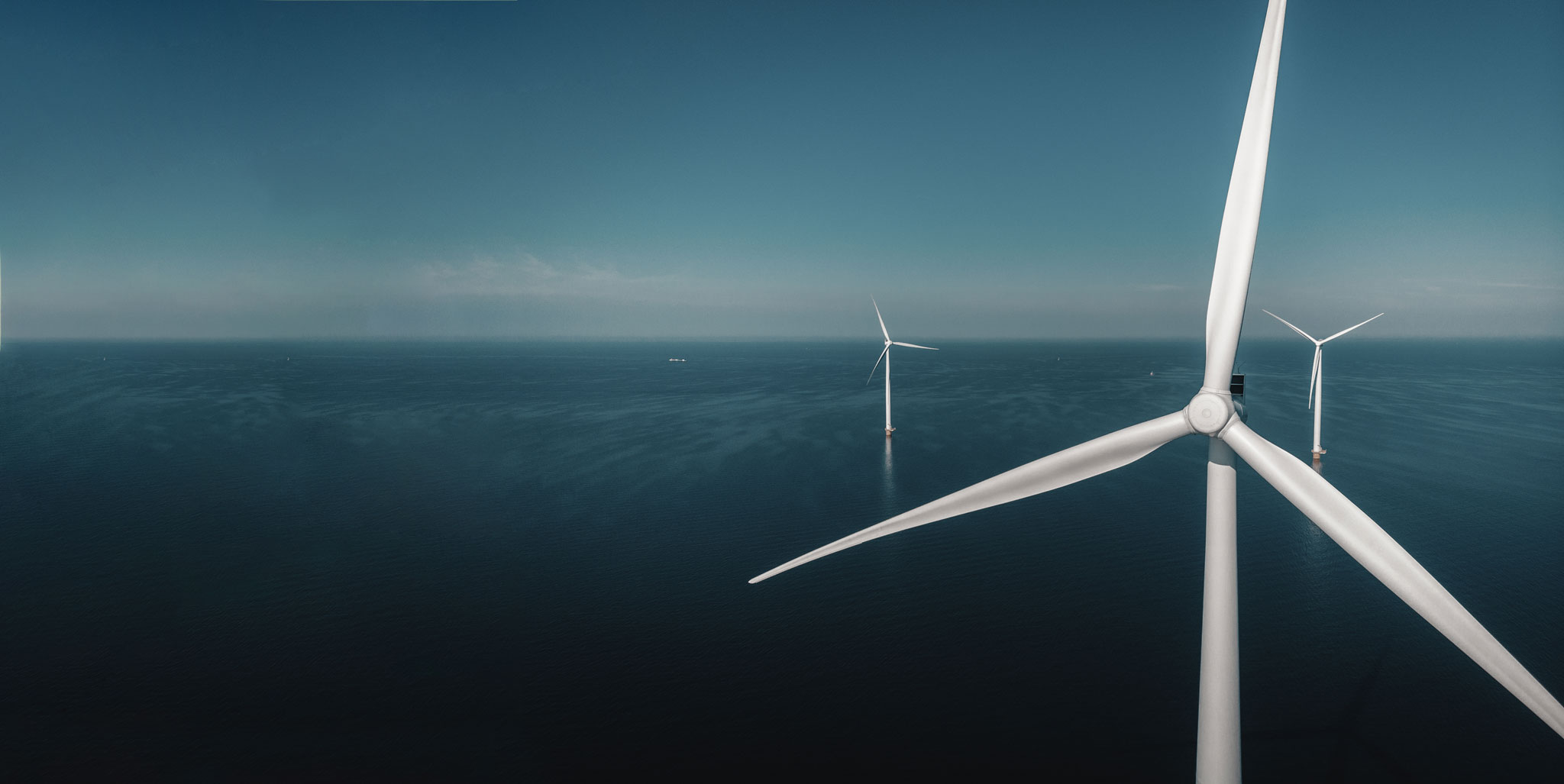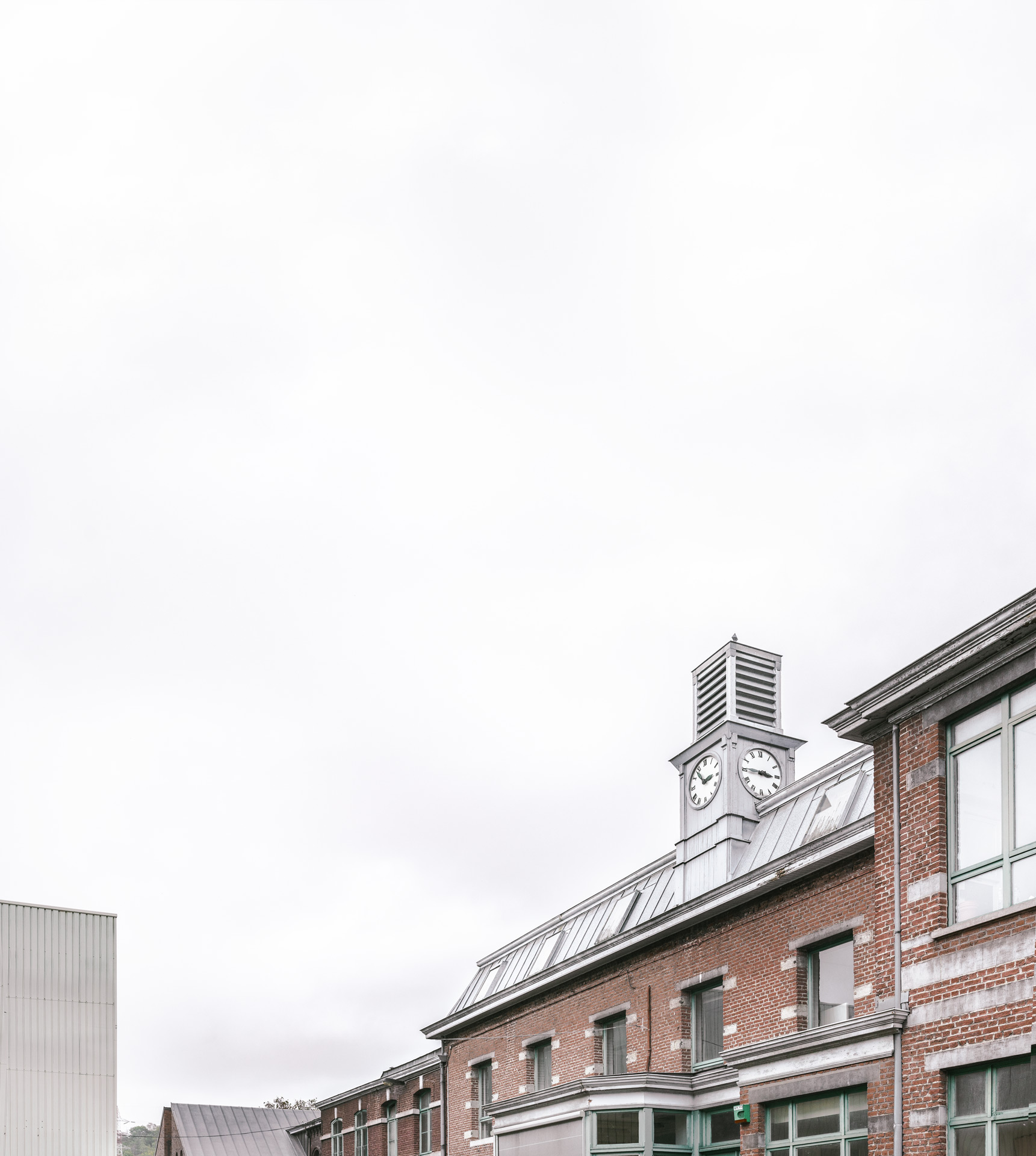Main navigation
Specially designed for you, this tool will help you estimate, step by step, the thickness of the coating to apply and the quantity fo wire to use in all your projects, whichever corrosion classes you work with and the type of wire selected.

* The figure given above is purely theoretical and is given for information only. It therefore does not engage Zinacor S.A. in any way. In practice, you will have to take into account many technical, design and human factors that will increase the quantity to be used.
Get in touch helps us to understand you better
Rue de Chênée 53 (entrée B)
B-4031 Angleur- Belgique
Telephone +3243666471
Get in touch helps us to understand you better
- Technical advices
-
Laser cladding
Laser cladding
Laser cladding (LC)
Laser cladding is a process used for applying an ultra-dense coating, metallurgically bound and almost perfectly pure.
The process is used for improving resistance to wear, to corrosion and to impact.
The process uses a high power laser accurately directed so as to create a welding bath where a metal powder is applied. The powder is brought by a protective inert gas and blown along the same axis as the laser beam. The specific nature of the laser is used to produce very dense coats, with a minimum of losses (< 5%) and yet with very good metallurgical adhesion.
Materials used:
- Cobalt6;
- NiCrMo;
- FeCrB.
Fields of application:
- high-temperature rolling blocks, resistance to corrosion and hardness, valves (Cobalt 6);
- valve balls/seats, rolling blocks, parts for boilers used in waste incineration, oil refineries (NiCrMo);
- coal and mineral pulverisers/wear plates/valves (WC/Ni);
- valve balls/seats, boiler components, parts for boilers used in waste incineration, hydraulic bars, stabilisers (FeCrB).
Other questions
-
Category :History of metallising
-
Category :Metallising using expansion of compressed gas without combustion
-
Category :Metallising by electrical discharge or gas
-
Category :Classification of the different metallising processes
-
Category :Gas or liquid combustion metallising
ISO 2063 Standard
Contact


We use cookies to improve your online experience.
For more information, visit our privacy policy


